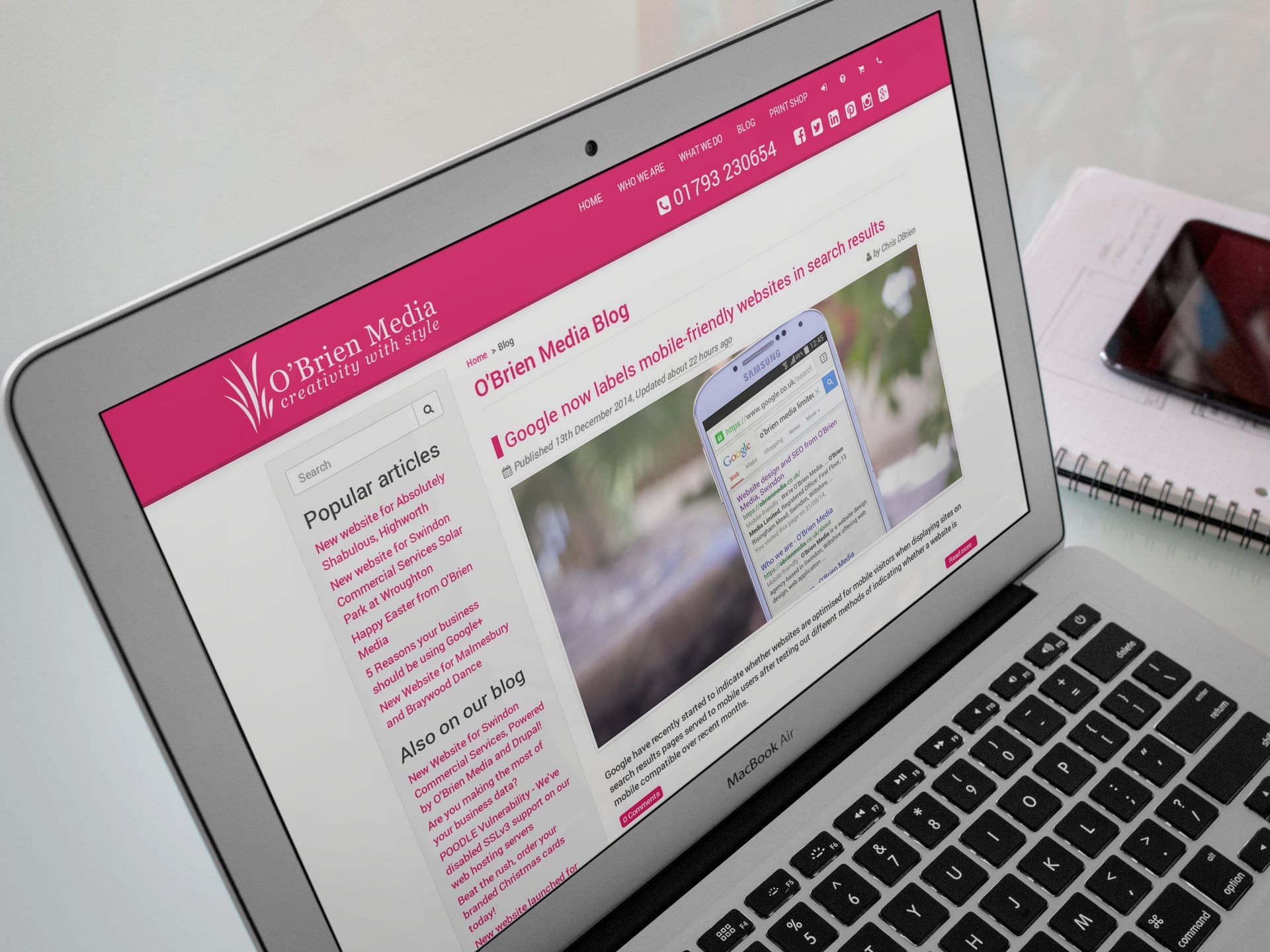Our top tips to kickstart your business blog
At O’Brien Media we’re firm believers in the importance of having a blog for your business and in this article we’re going to run through our top tips for getting your business blog off the ground. You can either create your new blog on a free cloud based service such as WordPress, Tumblr or Drupal Gardens or add a blog to your existing website (we can help you with that!)
Communicating with your customers through a blog is a great way to build customer loyalty
There are two main options when it comes to setting up a blog for your business, self-hosted or cloud based. We usually always advocate a self-hosted approach when we set up blogs for our customers as it allows the blog to be built into the businesses main website but you can quickly and easily set up a cloud based blog using services.
A few popular options are Tumblr (a free social blogging platform operated by search giant Yahoo!), WordPress (a free option is available alongside paid options on their website at WordPress.com) and Drupal Gardens (a free cloud hosted Service that gives you a fully functional Drupal website with blogging facilities).
Choose a suitable theme or template for your blog
If you’re using a free service you should be able to choose from a range of options, customise the colours and add your business logo so your customers know the blog belongs to you. If you’re going the self-hosted route you might want to enlist the help of a web designer or choose a blogging solution with some pre-installed customisable templates.
When selecting a theme for your blog its best to stick with something simple and use your logo and matching colours to customise a basic layout. This will make your blog easy for your customers to use and will require little or no web design knowledge on your part. You can always enlist the services of a web design professional to create something a more unique in the future.
Link to your main website and social media accounts
You should also add links to your main business website (if you have one) and to your social media accounts so that your visitors can access more information about your business and connect with you on Facebook and Twitter.
Most cloud based blogging services and all self-hosted solutions provide easy to use tools to add additional information to the top and bottom of your blog theme, you can use these to add links to your website, Twitter and Facebook pages, and other contact details to help your customers contact you.
Planning your blog content is essential
Using a content calendar when blogging will help plan article creation around other activities
Creating a content calendar with key dates for blog posts and ideas for what to post will help you keep focused and act as a reminder to keep your new blog up to date.
Putting together a content calendar may sound like a daunting task but it needn’t be. Start off with a wall planner, diary or even just a sheet of paper divided into months and mark key events such as public holidays, sports events or important dates for your business. Next come up with a few ideas for blog posts you can write that relate to these events. Next, decide how often you want to post and mark the dates then start writing down ideas for those posts. There’s no need to come up with ideas for all of your posts in one go, just jot down ideas for posts as they come to you.
Be interesting, be authentic
Post content that your customers and non-customers alike will find interesting and avoid the temptation to make your opening post a sales pitch. Stick with authentic posts that will give your business a personality such as posts about your business and products and how you’ve helped your customers.
Your customers will appreciate authentic content and its psychologically proven that people respond better to content about other people written in a narrative style so you should aim to tell a story to your readers and capture their attention. There’s no reason why you can’t mention and include links to your products or services in your blog posts, just try to make their inclusion a natural part of the story.

